Development of nuclear forces
First of all, it is worthwhile to dwell on the nuclear and thermonuclear warheads themselves. For a number of reasons, in the past few decades, this direction of armaments has mainly developed in a technological aspect. Fundamental innovations in this area have long been absent. At the same time, starting from the 70-s of the last century, the military and nuclear designers almost completely abandoned nuclear charges of super-high power. As calculations and tests showed, the same “Tsar-Bomb” with 50 megatons of power had very low combat prospects, and was also too difficult to fully use in wartime conditions. The charges whose power lies within 50-1000 кт turned out to be much simpler and more effective. Strictly speaking, such ammunition is currently the basis of the strategic weapons of the countries of the “nuclear club”. It is unlikely that something will change in the near future. On the contrary, there may be some decrease in the power of the charges, caused by an increase in the accuracy of pointing the ammunition.
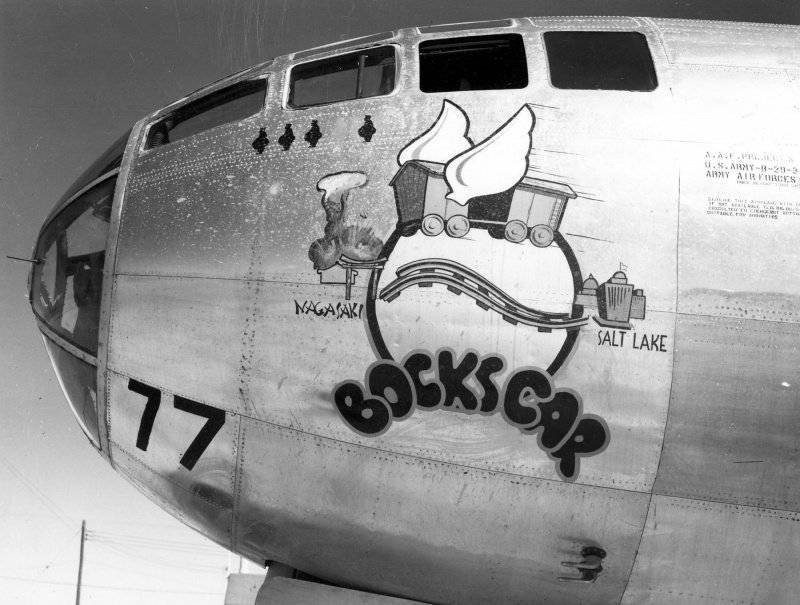
The first carriers of nuclear weapons were aircraft. In the mid-forties, only these technical means could ensure the delivery of a nuclear weapon to the target. The first bombers with atomic charges on board were the American B-29, which dropped their cargo on Japanese cities. Since then, there has not been a single case of the combat use of nuclear weapons, but it was after those bombings that no one doubted the importance and necessity of a new weapon. At the same time, the need to create new long-range or intercontinental bombers, capable of delivering nuclear "cargo" to the enemy on the other side of the globe, became apparent. Over time, new jet engines and new alloys, together with the latest electronic equipment, have helped to achieve a sufficient range. Along with the development of the aviation component of air-based nuclear weapons, the missile one developed. Now it is possible to significantly increase the radius of action of aircraft, arming them with nuclear-powered cruise missiles. In this form, the air part of the so-called. nuclear triad lived to this day.
In recent years, there has been an increasing opinion on the principle obsolescence of the concept of a strategic missile carrier with nuclear weapons. Indeed, the rapid development of means of detecting and destroying air targets — missiles and interceptors — calls into question the suitability of all the experience gained over decades. With properly built echelon defense, the rocket carrier has little chance of reaching the launch line or returning home. This problem has long been accompanied by strategic missile carriers, but now, it seems, its relevance is higher than ever. The main ways to increase the likelihood of launching a missile and hitting a target are high speed for the fastest possible breakthrough to the launch line, a large range of missiles, low visibility for enemy radar stations, as well as jamming systems. However, the creators of the radar, fighters and anti-aircraft missiles also do not sit idly. As a result, the missile carrier’s chances of completing a combat mission cannot be called high, especially if the enemy has time to deploy all interception means. Thus, in some cases, strategic missile carriers can be almost completely useless when striking back. Unless, of course, the blow is applied to a country with a developed air defense.
By the end of this year, an advance project of the Long-range Advanced Aviation Complex will be prepared aviation (PACK YES). Now about this project there is almost no information other than fragmentary data on approximate dates. At the same time, there are several assumptions that have "grown" from some of the words of Russian military commanders. So, there was information that the PAK DA would be called to replace the Tu-22M3 and Tu-95MS at the same time. It is difficult to say how it is possible to combine so different equipment in one machine, but this has its own logic. If the Russian military agrees with the relatively weak prospects for strategic aviation, then the long-range missile carriers of the future can get a new look. They will no longer be able to have an intercontinental range, which must be compensated for by speed and stealth. An alternative to this development path may be the further continuation of the ideology laid down in the Tu-160 missile carrier, with the improvement of on-board equipment, power plant, weapons, etc. In addition, it is believed that the combat potential of even current aircraft can grow due to radically new hypersonic missiles with a range of at least 3-3,5 thousand kilometers. The creation of such ammunition is a complex and lengthy process, but it will help strategic missile carriers once again increase their effectiveness, as well as the chances of completing a task and survival.
The second class of means of delivery of nuclear weapons are intercontinental ballistic missiles. They appeared a few years later specialized bomber - Soviet Р-7 was adopted for use in 1960 year. Since then, several varieties of this technique have been created, differing from each other in design and launch facilities. The P-7 could only launch from a large-sized complex launch complex, but later more compact and more advanced missiles with protected launch equipment appeared. Until a certain time, the best way to hide an intercontinental missile launcher from aircraft and reconnaissance satellites was considered to be its mine location. However, over time, it became clear that such structures are quite complex and do not guarantee complete concealment. In addition, the heavy and thick protective cover of the mine and underground structures are far from always able to provide an adequate level of protection against the nearby atomic explosion. In order to avoid the destruction of the missiles right on the position, the development of mobile launch complexes began over time. As a result of these works, several mobile soil systems, as well as a railway missile complex, appeared. Such systems demanded much more effort from the enemy to track their movements, and also made it possible to retain a certain combat power in the event of the loss of mine launchers.
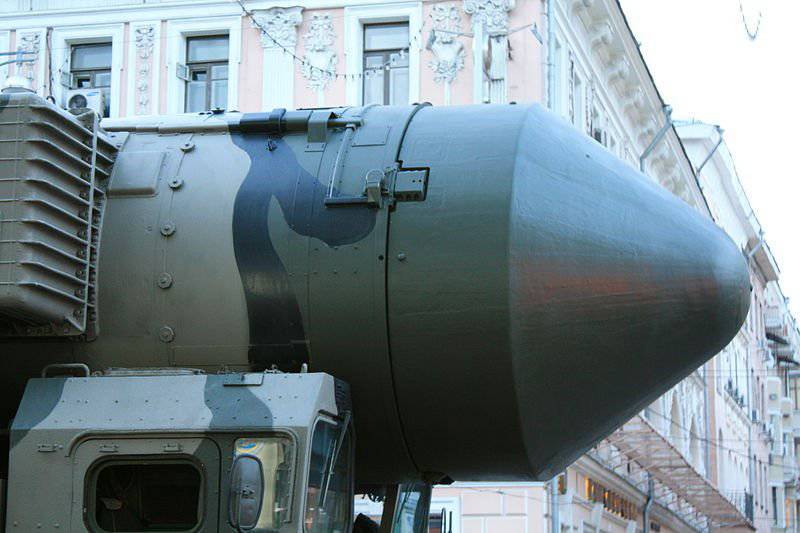
Further development of strategic missile forces is possible along several paths, and at the same time. Despite the effectiveness of space reconnaissance, mobile ground systems still remain sufficiently secretive and effective. However, relying solely on them is not worth it. At the disposal of our military there are a large number of mine launch complexes, from which you definitely should not refuse. A specific confirmation of this is the presence of the version of the RT-2PM2 “Topol-M” missile, designed for silo-based rockets. At the same time, the most massive intercontinental missile in the Russian strategic missile forces are the RT-2PM Topol on a mobile launcher, of which there are at least 160-170 units. Judging by the latest news regarding strategic armaments, in the near future, the ministry of defense will purchase only one type of "ground" intercontinental missiles - the RS-24 "Yars". At the moment, this ICBM with three combat units exists only in the mobile ground version. Perhaps, in the future, like the Topol-M, the possibility will also be provided for the silo-based ones.
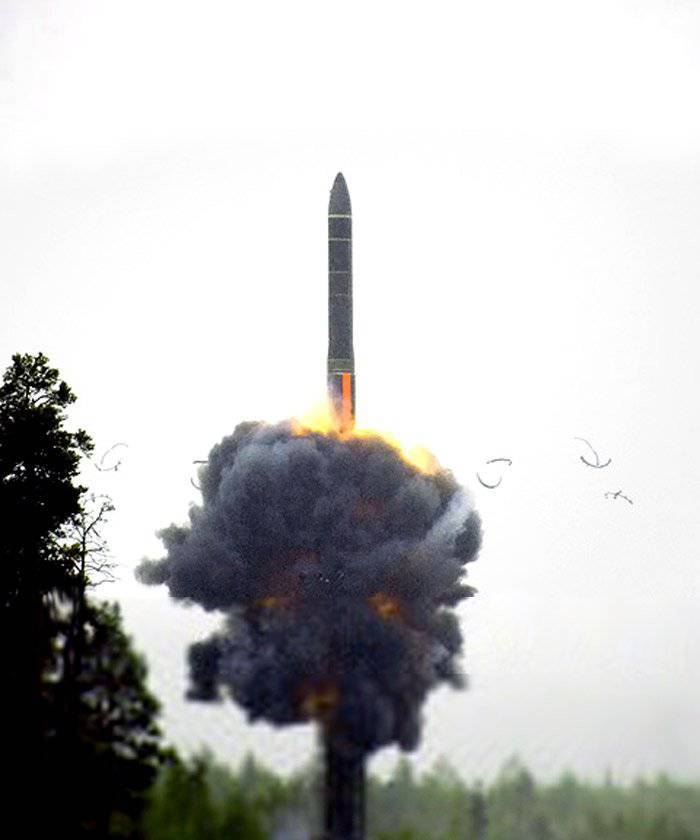
In general, while there are no signs of refusal of the Russian military from mine launchers. For this reason, there are relevant questions regarding the protection of these objects from impact. The Treaty on the Limitation of Missile Defense against 1972, at one time, tied our country’s hands in building a strategic missile defense system, although it provided for a simpler nuclear deterrence of the United States. After the USA’s withdrawal from the treaty and the subsequent annulment of it, the situation again became ambiguous: on the one hand, we can now safely build our missile defense system throughout the country, but on the other, we also need certain means of breaking through the enemy’s defense. According to numerous reports, armaments, and even more developed, intercontinental missiles have good opportunities to overcome enemy anti-missile defenses. Even better breakthrough characteristics should have a promising rocket, the development of which was announced a few days ago. According to the commander of the Strategic Missile Forces, Colonel-General S. Karakayev, by the year 2018 his type of troops will receive a new rocket with liquid engines. The nuclear ammunition delivery system currently being developed will replace the outdated heavy P-36X2 missiles, of which there are more than fifty in the troops. One of the main tasks facing the designers is to provide a foundation for the future in the field of overcoming the enemy's missile defense system.
It is worth noting that the cancellation of the ABM Treaty has useful sides: in order to avoid missile losses, we can deploy a defense system around them right in the launch pits. Unfortunately, it will be far from easy to provide such protection, because a number of special means are required to ensure the interception of warheads of intercontinental ballistic missiles. Suffice it to recall the Moscow anti-missile defense system, which includes the Don-2Н radar station and several dozen missile launchers. There is an opinion that in the future, C-400 and C-500 anti-aircraft missile systems can be used to cover the positions of an ICBM from a nuclear missile attack, but there is no official information on this issue, and the only argument in favor of the assumption concerns the 40H6Е missile that is supposed transatmospheric interception of targets. Such protection of launch complexes could significantly improve the possibility of retaliation after an enemy attack.
A peculiar development of the idea of a mobile launcher for ballistic missiles was the installation of appropriate equipment on submarines. In 1959, Soviet engineers launched the world's first launch of a ballistic missile from a submarine. It is worth noting that the R-11FM liquid rocket had a range of only 150 kilometers, but it carried a warhead with a capacity of about 10 kilotons. The following years were spent on the development of missiles for submarines with a long range. In the spring of 1974, the D-9 complex for nuclear submarines of Project 667B Murena was adopted, which included the R-29 missile. The earliest version of the R-29 had a maximum range of 7800 kilometers, which made it the first domestic intercontinental ballistic missile for submarines. Over time, new modifications of the R-29 appeared, as well as independent developments. At present, our country has 11 submarines-carriers of intercontinental missiles. Several units are under repair or have not yet been accepted into the naval fleet. The total number of simultaneously transported missiles is 96 units.
The main advantage of nuclear submarines with missiles on board is the ability to sail at almost any moment and not be seen by the enemy. True, for the detection of boats there are many special means, but still searching for an object with missiles on board in the world ocean takes a lot of time and effort, and also requires the involvement of sailors, pilots and the corresponding spacecraft. In order to avoid detection and subsequent attack, a submarine (regardless of the type of armament on it) should make as little noise as possible and use any radiating equipment (communications, etc.). With the right approach to disguise, the submarine becomes almost elusive. In addition, the range of autonomous campaign in a submerged position significantly increases the range of the missiles. Improvements underwater missile systems in the future will continue to go in two directions: the new boats will receive more advanced onboard equipment and ballistic missiles. In the near future, only two main types of missiles will be in service with strategic missile-carrying submarines - the R-29РМ Sineva and its modifications (for boats of the 667 family), and the P-30 Bulava (for newer ones). Probably, the new missiles for domestic submarines will be a continuation of the ideologies embodied in Sinev and Bulava, although there is reason to doubt the continuation of the P-29РМ line because of the large age of the entire P-29 family.
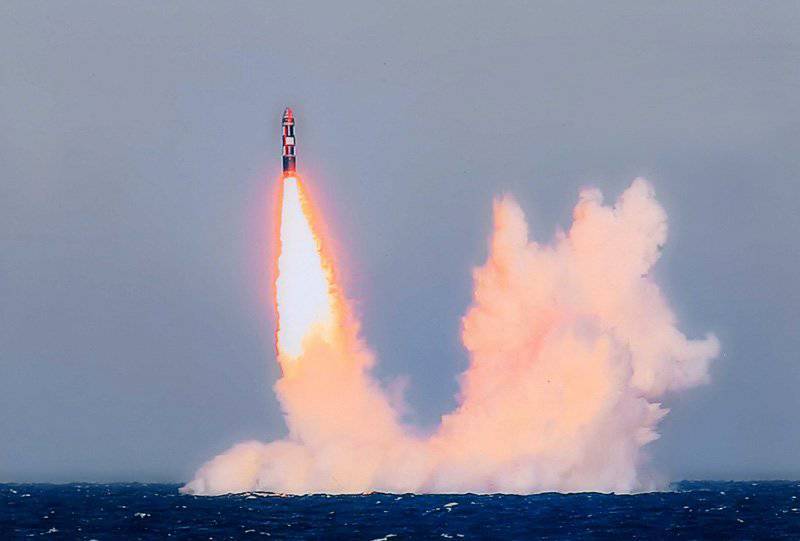
It is quite obvious that Russia necessarily needs nuclear forces, and the most modern ones. Despite a number of international agreements and statements by Western politicians, the doctrine of nuclear deterrence still serves to preserve peace and it is unlikely that something will change in the coming years. On this basis, it is necessary to systematically and in a timely manner carry out the modernization of domestic nuclear forces. It is unlikely that it will be easy: in view of the problems of the first years after the collapse of the USSR, a lot of time and finances were lost, and besides, many valuable personnel were taken from specialized companies. Rebuilding the relevant defense industry will take a lot of time. True, there are some reasons for optimism. The international treaties limiting the number of nuclear weapons of countries help us in a sense - they cancel the need for the rapid production of a large number of missiles, which we are not yet able to provide, and keeping them on duty. At the same time, you should not relax either.
Recently, when the topic of nuclear weapons, namely intercontinental missiles, is raised, statements about the need for strategic missile defense systems sound particularly relevant. The United States, together with European countries, is gradually creating its network of radar stations and launchers for anti-missile systems. In our country, work in this area has so far ended on the construction and commissioning of the Moscow missile defense system. According to reports, the new C-500 anti-aircraft missile systems may have certain capabilities to combat high-speed ballistic targets, but the flow of these air defense systems into the troops will begin only after a few years. Perhaps their appearance will lead to significant changes in the air and anti-space defense of the country. Summing up, we can say that the current state of the means of attack and defense is at the level when it is necessary to pay special attention not only to nuclear warheads and means of their delivery, but also to means of preservation, such as airfield, naval and missile bases from the air, anti-missile defense of important objects, etc.
On the materials of the sites:
http://vpk.name/
http://arms-expo.ru/
http://armscontrol.ru/
http://russianforces.org/
http://makeyev.ru/
http://ria.ru/
http://vz.ru/
http://mil.ru/
http://rbase.new-factoria.ru/
http://corp-mit.ru/
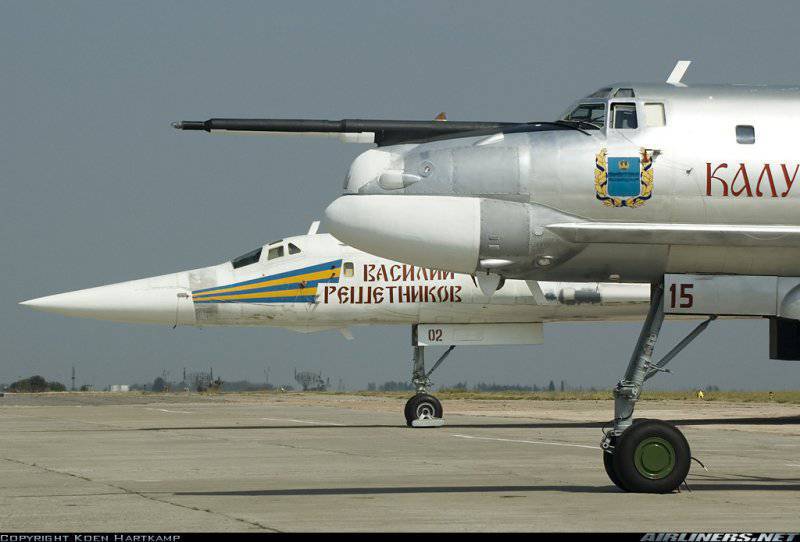
Information